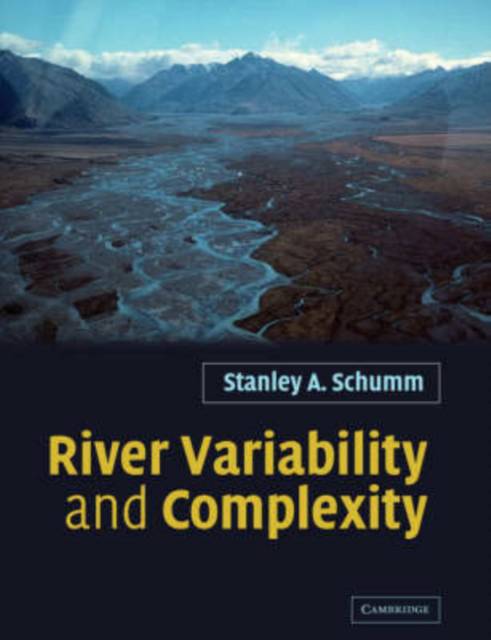
- Afhalen na 1 uur in een winkel met voorraad
- Gratis thuislevering in België vanaf € 30
- Ruim aanbod met 7 miljoen producten
- Afhalen na 1 uur in een winkel met voorraad
- Gratis thuislevering in België vanaf € 30
- Ruim aanbod met 7 miljoen producten
Zoeken
Omschrijving
Rivers differ among themselves and through time. An individual river can vary significantly downstream, changing its dimensions and pattern dramatically over a short distance. If hydrology and hydraulics were the primary controls on the morphology and behaviour of large rivers, we would expect long reaches of rivers to maintain characteristic and relatively uniform morphologies. In fact, this is not the case - the variability of large rivers indicates that other important factors are involved. River Variability and Complexity presents an interesting approach to the understanding of river variability. It provides examples of river variability and explains the reasons for them, including fluvial response to human activities. Understanding the mechanisms of variability is important for geomorphologists, geologists, river engineers and sedimentologists as they attempt to interpret ancient fluvial deposits or anticipate river behaviour at different locations and through time. This book provides an excellent background for graduates, researchers and professionals.
Specificaties
Betrokkenen
- Auteur(s):
- Uitgeverij:
Inhoud
- Aantal bladzijden:
- 236
- Taal:
- Engels
Eigenschappen
- Productcode (EAN):
- 9780521040990
- Verschijningsdatum:
- 27/08/2007
- Uitvoering:
- Paperback
- Formaat:
- Trade paperback (VS)
- Afmetingen:
- 189 mm x 246 mm
- Gewicht:
- 426 g

Alleen bij Standaard Boekhandel
+ 302 punten op je klantenkaart van Standaard Boekhandel
Beoordelingen
We publiceren alleen reviews die voldoen aan de voorwaarden voor reviews. Bekijk onze voorwaarden voor reviews.








